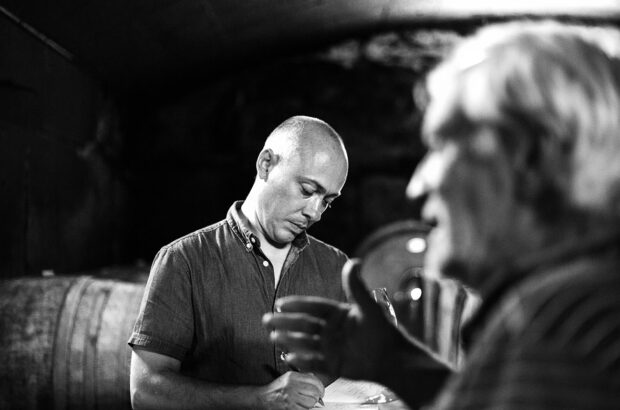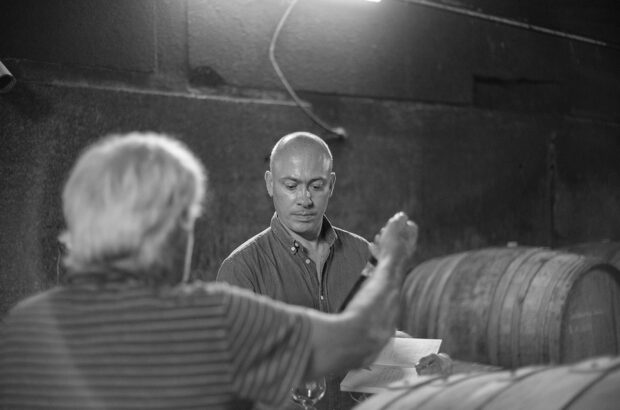As part of the Back to the Future day fun, here is what Decanter contributors from two decades ago predicted would be happening in major wine regions like Bordeaux and Burgundy by 2015. Were they right? Judge for yourself below.
It’s Back to the Future day – a reference to the second instalment of the Steven Spielberg trilogy that pictured a world of hoverboards and micro meals by 21 October 2015.

Back to the Future II
In the spirit of predicting the future, here is what Decanter contributors of 1995 thought the wine world would look like in 2015 – published in the November issue of Decanter magazine as part of our 40th anniversary coverage.
This is what our contributors thought would happen in some of the world’s classic wine regions.
Back to the future in wine:
Bordeaux:
Increased planting of Merlot, and vinification to obtain more evident fruit in all wines. The cult of the famous consultant winemaker will continue – ‘it is so well established that it seems likely that the winemaker’s name will appear in large letters on the label well before 2015,’ predicted Bill Bolter.
A reduction in the amount of white wine made, and the planting of red grapes.
Burgundy:
Vineyard ownership will change, especially in the Côte d’Or, becoming concentrated in fewer hands. The grander négociants will increasingly source their needs as much as possible from their own vineyards, becoming more like an outsize domaine than a négociant.
The next generation of growers may curse their predecessors, who grubbed up Pinot Noir in the 1980s to plant Chardonnay in unsuitable sites, especially in the lesser villages.
South of France:
Vin de Table is certain to become history by 2015. In its place, AC wines based on Mediterranean varieties will increase. The Vin de Pays category will surge.
In terms of surface area and number of growers, the south will decline by a third.
Italy:
The south of Italy will change almost beyond recognition, moving away from bulk wine or industrial production towards a relatively small-producer situation.
Changes in northern Italy will be less marked. Marchese Piero Antinori made the following prediction:
‘At present, super-premium Chianti represents a small part of the total production of the area. Over the next 20 years, this situation is likely to reverse and the quality and style of super-premium Chianti will prevail.’
Portugal:
The traditional regions in the north – Dão and Bairrada in particular – will be making outstanding wines.
And by then, even the most conservative of Port shippers will have been forced to look closely into the production of table wine. The Port shippers will have also developed new Port styles – or at least new names – to replace the likes of vintage character and LBV.
Vintage Port will be challenged for supremacy by single quintas and we could be on the point of formulating Port ‘classed growths’.
USA:
Slow but steady erosion of middle-class buying power will mean a stable market for California’s luxury wines, an enlarged one for commodity wines, and a loss of share for mid-range producers.
University of California researchers will have produced yeasts giving lower alcohols from fully ripe, flavoursome grapes. Washington State Semillon will have doubled its audience, as will New York State Riesling.








